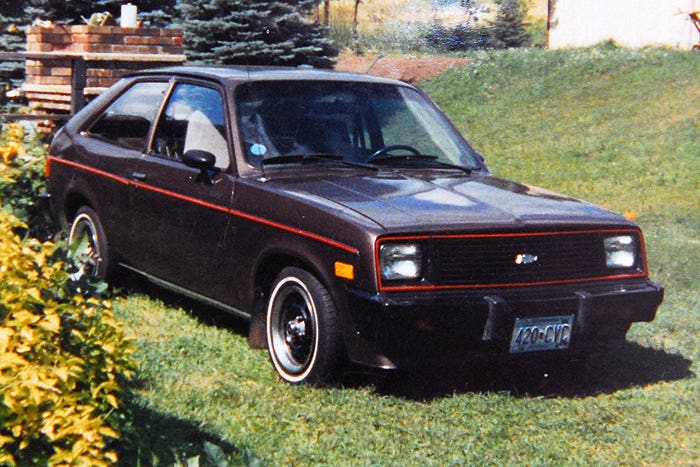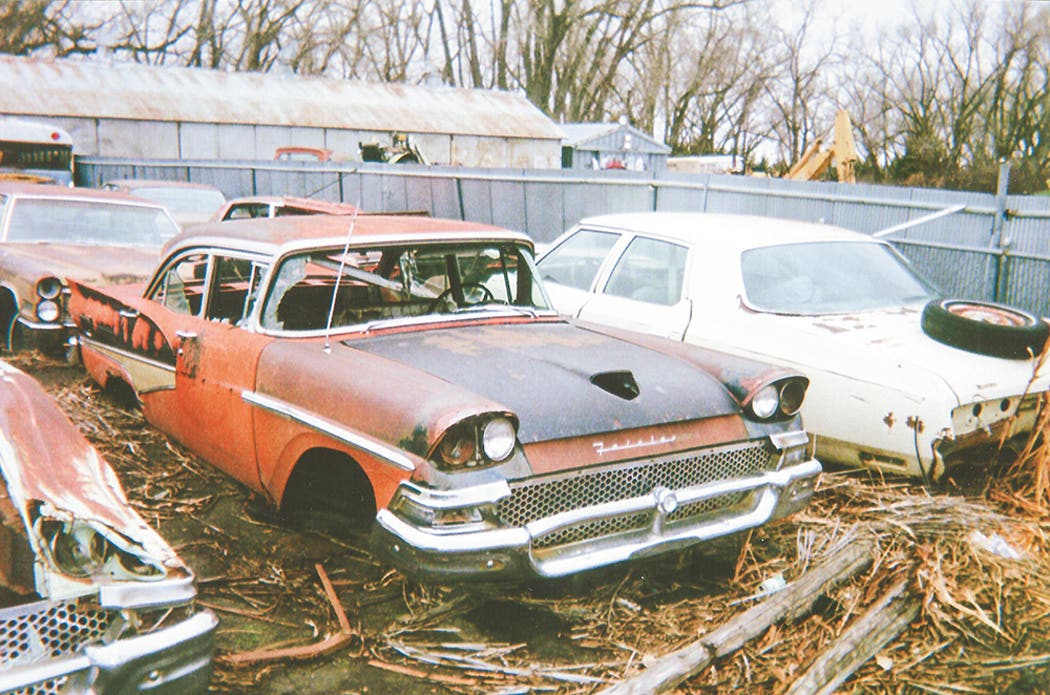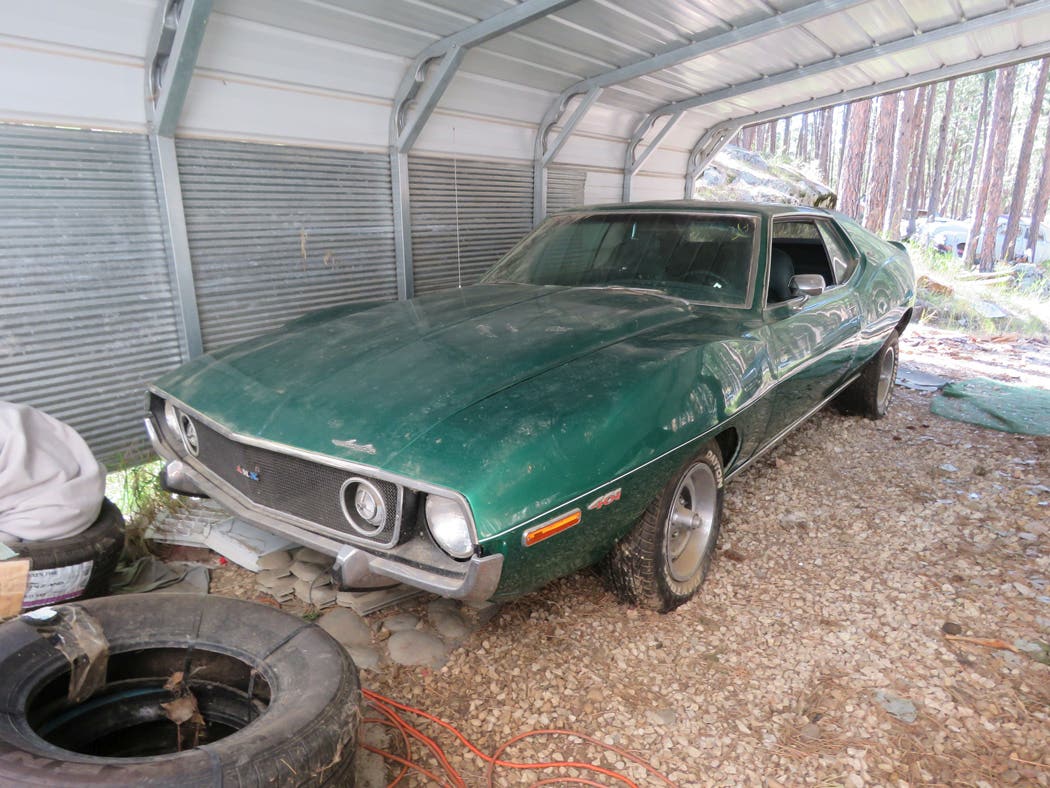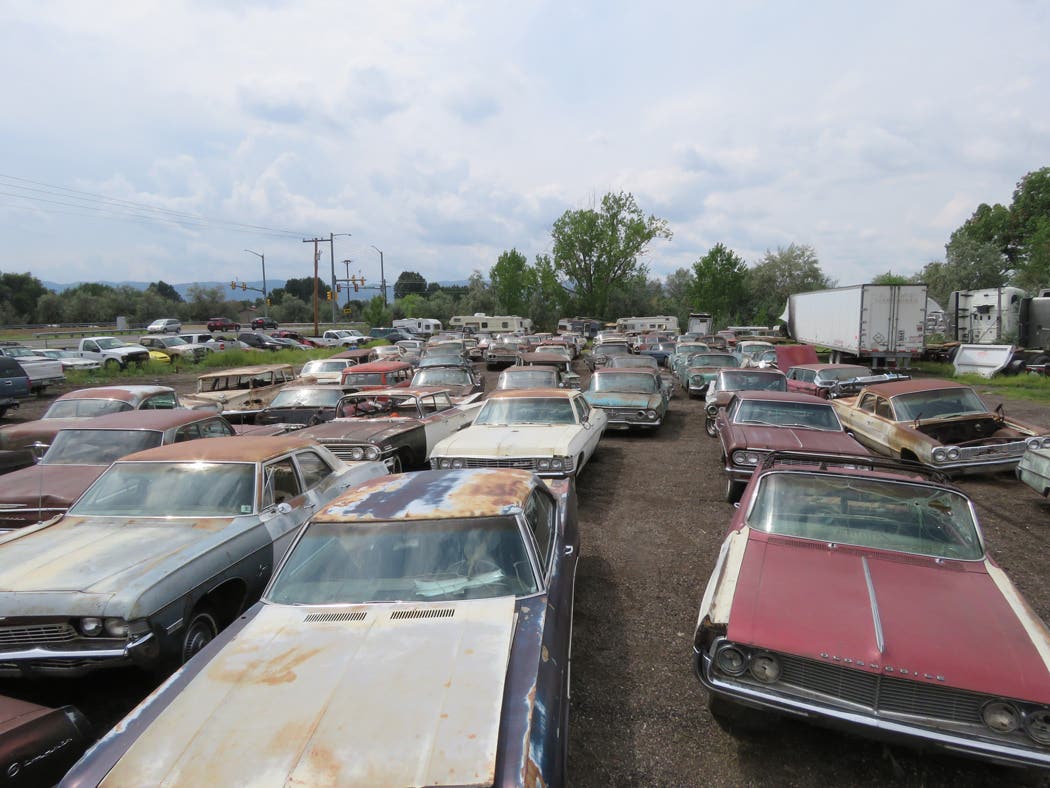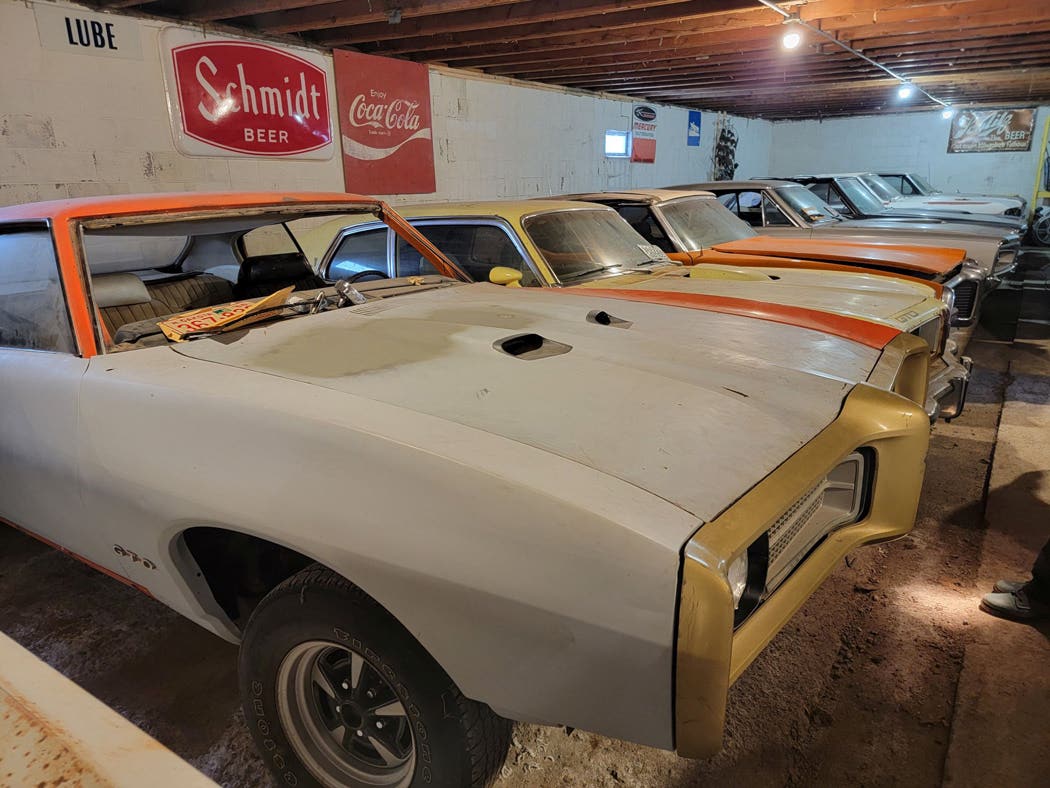Fairlane Fancy
Plenty of car buffs seem to be feeling the love for these gone-but-not-forgotten Fords from the 1960s. A look at the Ford Fairlanes of the 1960s.
As my son Jesse and I traveled around to car shows all summer, we picked up on a trend evolving in the Ford segment of the old-car hobby — a growing interest in collecting 1962 to 1964 Fairlanes. Suddenly, it seems like every car show and cruise night has at least one Fairlane and the cars run the gamut from a six-cylinder “grocery getter” to a 427-powered Thunderbolt clone.
Why do there seem to be so many Fairlanes popping up these days? “All the good Mustangs are gone,” is one reason, according to Fairlane owner Steve Meyer of Stevens Point, Wis. “It’s pretty easy to come up with parts to restore them because the Fairlane Owners Club is a big help and a lot of parts interchange with Mustang stuff you can order from a catalog.” Meyer takes his high-trim Fairlane 500 two-door hardtop with the 289-cid, V-8 to shows, where a lot of people tell him, “My grandfather owned a car like that.”
The chances are pretty good that if Grandpa owned a Fairlane, it was a six-cylinder four-door sedan, but people still feel nostalgia for Fairlanes. John Reget, of La Crosse, Wis., also feels the nostalgia, but not for a bread-and-butter Fairlane. The hot little ’62 Fairlane coupe he drives these days runs a tweaked 289 with Air Research heads and puts out “around 450 hp.” Reget says he built the blue Fairlane “in memory of the performance Fords I’ve had over the years.”
Not surprisingly, inside Reget’s business – John’s Body Shop – sits a clone of the famous Fairlane Thunderbolts that he’s slowly building. In May of 1964, Car Life magazine’s Allen Hunt wrote about the Thunderbolt and said, “Obviously it’s a racing car . . . and one calculated to Ford right back in the front row on the drag strips this summer.” This very special limited-edition version of Ford’s mid-size Fairlane was part of Ford’s “Total Performance” racing program.
In 1957, the Automobile Manufacturers Association adopted a policy banning the use of horsepower figures or racing results in car advertising, but nationally televised coverage of motor sports, beginning with the inaugural Daytona 500 in 1959, was a magnet that started to draw automakers back into racing. Ford used “total performance” to put a positive spin on racing. The idea was that racing made the total car a better-performing machine.
Fairlane Thunderbolts had fiberglass fenders, teardrop-shaped hood blisters, Plexiglas windows, lightweight bucket seats, a cold-air induction system, an 8,000-rpm Rotunda tachometer, a modified front suspension (to accommodate the 427-cid V-8), a long list of equipment deletions and many special competition- equipment features. The 425-hp big-block V-8 actually cranked out 500 hp. It was linked to a beefed-up Lincoln automatic transmission or a Borg-Warner T-10.
Originally called Fairlane Special Performance Vehicles, the cars soon adopted the Thunderbolt name and also became known as “T-Bolts.” Racing driver Gas Ronda dominated NHRA’s 1964 World Championship with 190 points by running his T-Bolt through the quarter mile in 11.6 seconds at 124 mph.
Ford records show that the first 11 T-Bolts left the factory painted maroon and 10 of them had four-speed transmissions. And additional 100 cars were painted white and 89 had four-speed gearboxes. The legendary T-Bolts put a spotlight on the showroom Fairlane, although the new Mustang soon took over.
To go with the Total Performance racing program, the new-sized Fairlane showroom cars offered V-8 engine options. The original version of this engine was the 221-cid V-8, which grew to 260 cid and then to 289 cid. The 289 was originally designed for use in the mid-sized Fairlane. The use of “Cobra” options offered for Mustangs could make the “K” code 289-cid 271-hp Fairlane scream.
Dave Glass of D & M Corvette Specialties in Downers Grove, Ill., is another car collector working on a T-Bolt clone. In addition to Corvettes, Glass is becoming a guru of the muscle car fraternity that is interested in early Super Stock drag racing. Glass purchased his T-Bolt as a complete car and is making some refinements needed to make it a bit more like the real thing. When he was bringing his car home, Glass stopped for a bite and ran into another Fairlane fan who was building a car right next to the restaurant. Small world!
Dave Schneider, of Waupaca, Wis., picked up a white Fairlane with red trim at the Back to the ’50s show in the Twin Cities. Schneider’s cute little buggy is a more basic model set up for economical driving. Its high gas mileage made it a great car to drive to car shows this summer with gas prices hovering around $4 a gallon. In the long run, he may save enough in gas to pay for the car.
Typical asking prices for the early Fairlanes include $3,000 for a rust-free engine-less ’64 sports coupe from Wisconsin, $3,800 for a non-running 260 V-8-powered ’63 Fairlane 500 sport coupe from Texas needing “general restoration” and $6,850 for a rust-free 66,000-mile ’62 Fairlane 500 four-door sedan from Arizona. If you bought any of these cars, you’d probably want to join The Fairlane Club of America. 340 Clicktown Rd., Church Hill, TN 37642-6622; 423-245-6678 or www.fairlaneclubofamerica.com.
If you like stories like these and other classic car features, check out Old Cars magazine. CLICK HERE to subscribe.
Want a taste of Old Cars magazine first? Sign up for our weekly e-newsletter and get a FREE complimentary digital issue download of our print magazine.




